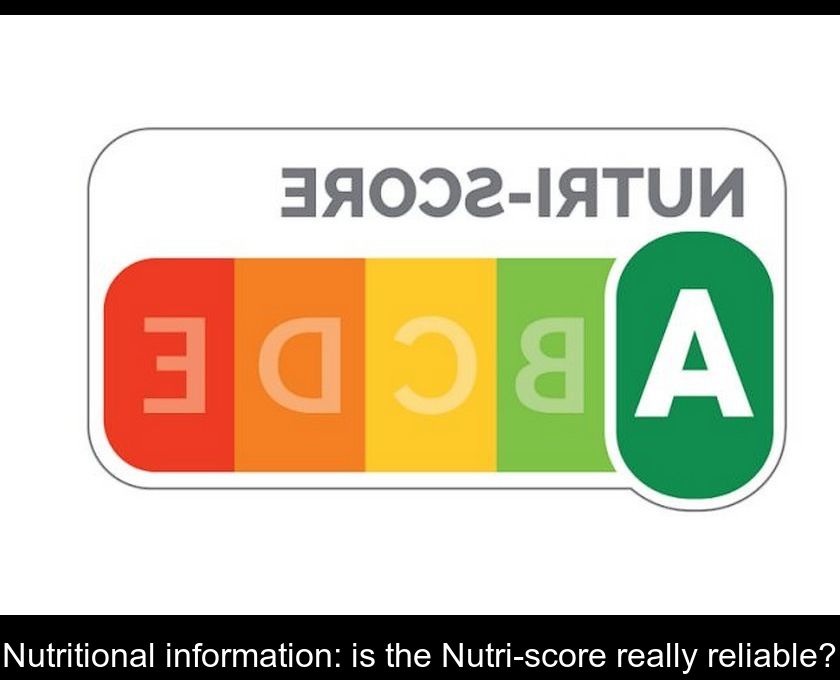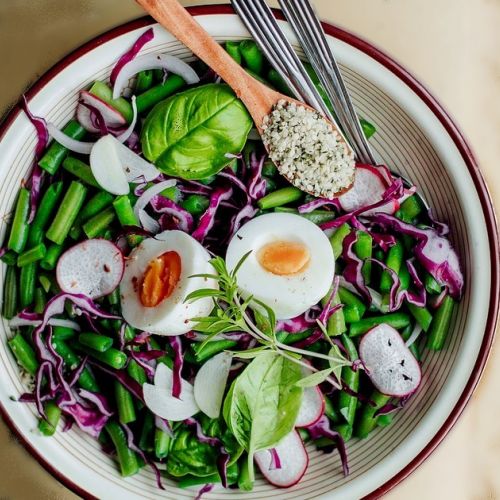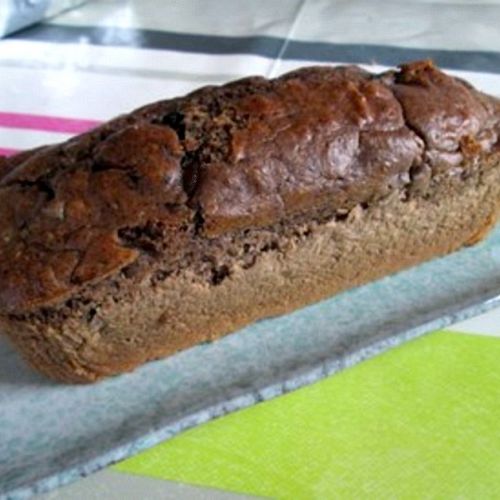Nutritional Information: Is The Nutri-score Really Reliable?
The Nutri-score, which appeared on food packaging in 2017, is supposed to help consumers eat healthier. This classification of foods through letters and colors was quickly adopted by the French, but it has also been the subject of criticism. This is why this system will undergo changes in its algorithm during the year 2023. The new optimized Nutri-score promises to be even more reliable in informing consumers about what they buy and what they put on their plates.
How did the Nutri-score come about?
The Nutri-score as we know it today made its appearance on food packaging in the spring of 2017. Health Minister Marisol Touraine announced March 15, 2017 that the simplified nutritional logo recommended to manufacturers would be this color code quite comparable to the energy class of household appliances...
This system, which classifies foods according to their nutritional quality, was chosen following a full-scale test conducted in about 40 supermarkets. The objective of this experiment was to compare four types of nutritional labelling and to determine which one is the most effective in helping consumers eat healthily.
The Ministry of Health finally decided in favor of the 5-color Nutri-score logo, ranging from green for products of very good nutritional quality to red for those whose consumption is best limited.
This system was imagined by Prof. Serge Hercberg of the National Institute of Health and Medical Research (Inserm). This epidemiologist is also the president of the National Nutrition and Health Plan (PNNS). His color code has been approved by the High Council for Public Health (HCSP), the Ministry of Health and the magazine 60 Millions de consommateurs.
What are the objectives of this logo?
Before the implementation of the Nutri-score on packaging, nutritional information on food products was rather difficult to decipher for consumers. They were generally presented in the form of a table considered too complex and therefore not very useful to determine whether a food is good or bad for health.
The primary goal of the Nutri-score is to simplify these indications so that consumers can choose the healthiest foods at a glance. To make it easier to compare products and guide customers' choices, this logo assigns a color (from green to red) and a score (from A to E) to each product based on its nutrient content.
The second goal of this simplified nutritional labeling is to allow consumers to comparing different brands in the same aisle. Thanks to this color coding, if you're hesitating between two treats (which you know full well aren't ideal for your waistline), you can at least choose the more 'virtuous' one!
What are the weaknesses of this system?
At its inception, the main weakness of this new nutritional labeling was its optional nature. Even today, the Nutri-score is not mandatory on food and manufacturers will be free to use or not this color code on their products or to put another logo if they wish.
Under pressure from consumers, who want to be better informed to be able to adopt a healthier diet, this logo has developed well in a few years. It has also had the positive effect of pushing food manufacturers to modify their recipes in order to get a better grade, between A and C.
On the other hand, this score has raised more and more criticism from consumers and nutritionists because of its 'laxity' or even inconsistency... It can indeed happen that an olive oil displays a score of C or D, while a soda gets a grade of B. That is why the calculation algorithm behind the attribution of this score will be updated in 2023.
What changes in 2023?
In theory, you can tell at a glance which drink, pizza or box of breakfast cereal is lower in fat, salt and sugar by the color and letter assigned to a product. In reality, this is not always the case...
To address the criticism, the rating system will change its criteria in 2023 and rate more severely:
- Highly sweetened products such as breakfast cereals and cookies as well as dairy products with added sugars.
- Highly salty products such as bouillon cubes, sauces, soy sauce and some soups and cheeses.
Ultra-processed foods such as industrial pizza will be penalized, as well as red meat considered too fatty and refined cereals (white bread, white pasta and white rice). Conversely, whole grains rich in dietary fiber should be rated higher. This will also be the case for olive oil, rapeseed oil and walnut oil, as these three oils contain less saturated fat and/or are rich in omega 3.
In summary, the Nutri-score should become even more reliable and nutritionally correct this year, for the benefit of consumers.






